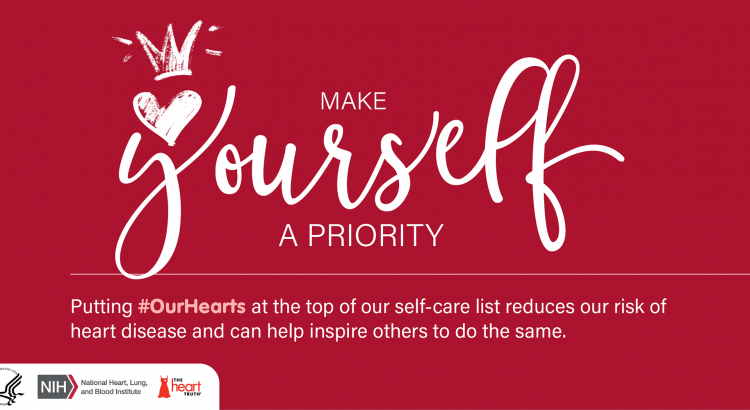In the 2020 State of the County, Henrico’s leaders reflected on the numerous projects and accomplishments achieved throughout the year; underlining the importance that “everything we do is about strengthening Henrico’s connections;” not only our connections to the people of our community but to our history as well. As County Manager, John Vithoulkas, said, “The decisions we make today have a direct impact on our community tomorrow, just as decisions made years, even decades ago, benefit us today.”
Years ago, Richmond Planet editor John Mitchell, Jr. decided to establish Woodland Cemetery for the interment of Black residents during a time of strict segregation. Today, there are over 30,000 graves on this 29-acre land laid out in a radial design that pays tribute to African American leaders. At its heart are circles named after Frederick Douglass and Booker T. Washington, with John Jasper Road bisecting it north and south. Local contractor William R. Mason built an impressive front entrance with granite pillars and an iron gate. The company soon built a chapel and keeper’s house in the rear of the property. Woodland Cemetery is the final resting place of prominent individuals such as tennis champion and civil rights activist Arthur Ashe Jr. and the Rev. John Jasper, founder of Sixth Mount Zion Baptist Church in Richmond, as well as doctors, dentists, bankers, and a woman who spied for the Union during the Civil War. It was once touted as “the Most Remarkable Tract of Land ever set apart for our people in the State.”
Unfortunately, over the years, this historic cemetery was neglected and fell into disrepair. Last year, many Henrico County volunteers spent their time pulling weeds, mowing the grass, and cleaning headstones as a jumpstart to the Woodland Cemetery Restoration Project. Then, with the aid of a $25,000 grant, the nonprofit Evergreen Restoration Foundation was able to purchase the property and hopes to fulfill plans to restore the grounds as a place of reverence and honor for those buried there. “We’re going to get this under control,” Marvin Harris, executive director of the Foundation said of conditions at Woodland Cemetery. “We’re going to bring this back to where it used to be, with the help of the county. Henrico has really embraced this project a thousand percent. They make it a lot easier for me to stand up here right now and indicate to the public that we will get the process done.”
 Jeanne Moutoussamy-Ashe, Ashe’s widow, welcomed the plans for Woodland Cemetery and expressed gratitude to its new owners and Henrico. “Many leaders in Richmond’s African American community are buried at Woodland Cemetery, including my late husband, Arthur Ashe. I support these efforts to restore the Cemetery and unlock the rich stories of those buried there. A holistic understanding of Richmond’s poignant history may be the best way to lead us all into the future.”
Jeanne Moutoussamy-Ashe, Ashe’s widow, welcomed the plans for Woodland Cemetery and expressed gratitude to its new owners and Henrico. “Many leaders in Richmond’s African American community are buried at Woodland Cemetery, including my late husband, Arthur Ashe. I support these efforts to restore the Cemetery and unlock the rich stories of those buried there. A holistic understanding of Richmond’s poignant history may be the best way to lead us all into the future.”
This cemetery is one of many historical, local landmarks that connects us to our past. It holds so much history and is still in need of volunteers and donations to see it restored to its former glory. If you are interested in getting more involved, please contact Evergreen Restoration Foundation. If you would like to learn more about local history, here are a few resources and other historical sites:
Veronica Davis, Here I Lay My Burdens Down: A History of the Black Cemeteries of Richmond, Virginia (Richmond: Dietz Press, 2003)
Selden Richardson, Built By Blacks: African American Architecture and Neighborhoods in Richmond (Richmond: Dietz Press, 2007)
https://www.richmondcemeteries.org/woodland/
Have you ever wondered about holidays that are observed throughout the year? To find out more, we invite you to explore the Holidays and Celebrations page to learn about the histories, cultures and traditions behind these occasions.


